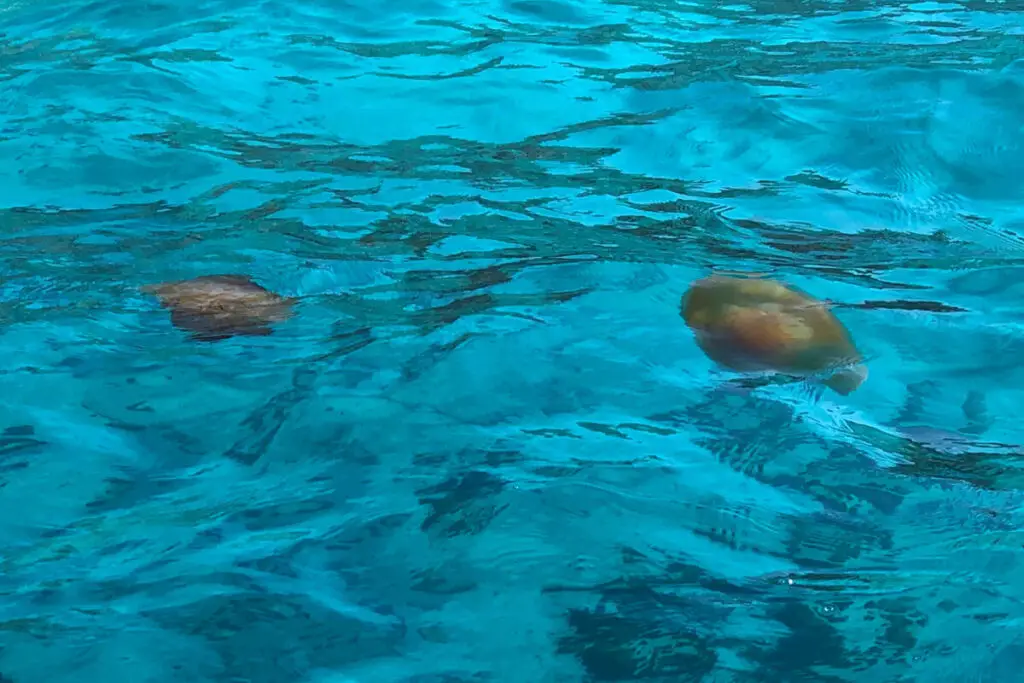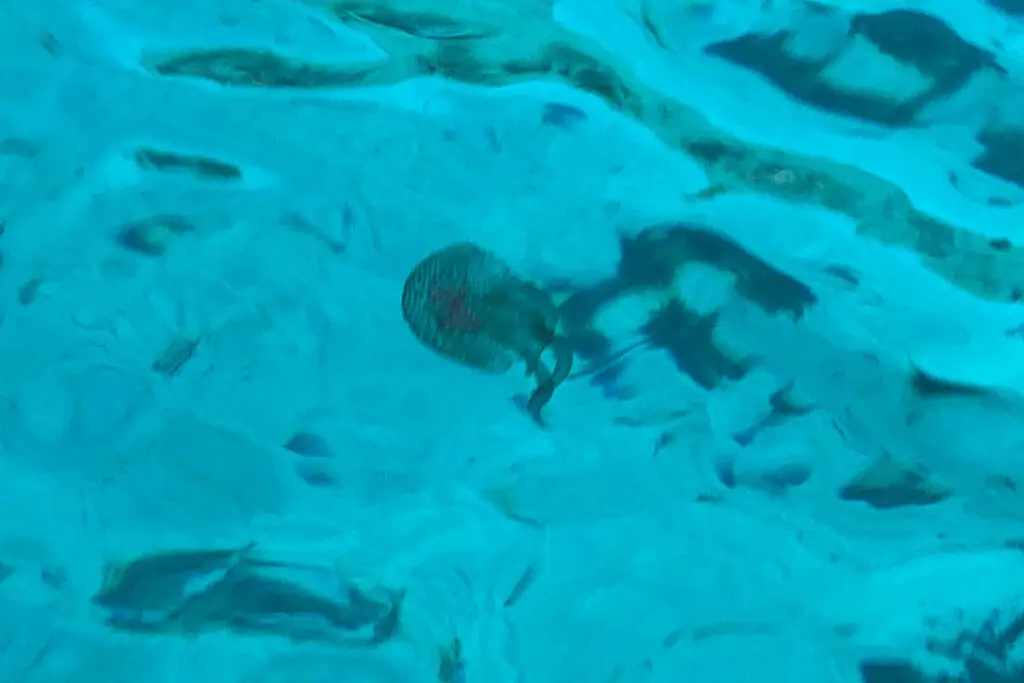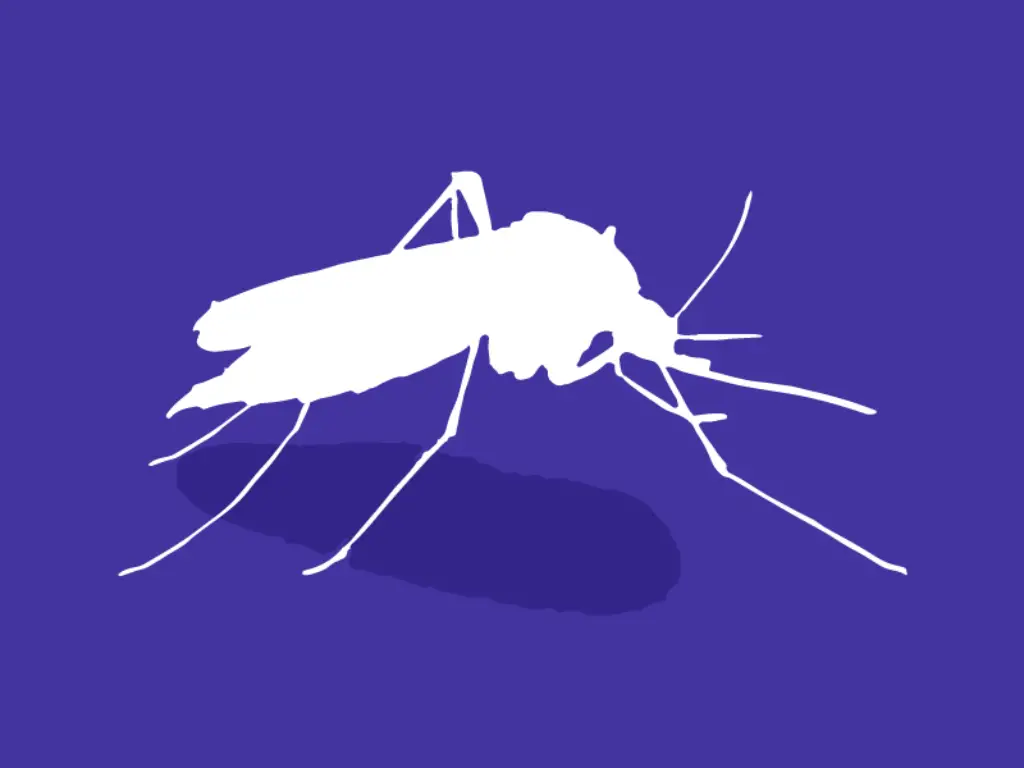Avoid Jellyfish in Malta | Info | Best Live Bays | Treatment

Beaches in Malta With No Jellyfish – Best Live Bays Where to Swim
Jellyfish encounters are a natural part of the marine ecosystem, but some years there are more jellyfish in Malta than others. By staying informed and taking appropriate precautions, you can still enjoy the beautiful beaches and waters.
Beaches that have no jellyfish in Malta vary from day to day depending on the wind direction and sea currents. This is because jellyfish are passive drifters, relying on sea currents to transport them. For live information on the best beaches with little to no jellyfish, you should check this Recommended Bays tool which is the most accurate.
For further information on what jellyfish there are in Malta, what to look out for, how to treat jellyfish stings and when to seek medical attention, keep on reading.
Jellyfish Season in Malta
Jellyfish season in Malta typically occurs during the warmer months of the year, from late spring to early autumn. The exact timing and intensity of the jellyfish season can vary from year to year. It is influenced by factors such as water temperature, weather conditions, and ocean currents.
During this period, various jellyfish species are found in the waters surrounding Malta. Some common jellyfish species encountered in the region include the Moon jellyfish (Aurelia aurita), the Mediterranean jellyfish (Cotylorhiza tuberculata), and the mauve stinger jellyfish (Pelagia noctiluca).
Not all jellyfish species found in the area are harmful or pose a significant threat to humans. However, some species do have stinging cells that can cause discomfort or mild skin irritation if you come into contact with their tentacles.
You can treat the most common jellyfish stings easily. More information on treating them is included further down this article. One thing that is also good to have in your tool kit is After Bite you can buy from Amazon or select pharmacies. It is a fantastic soothing treatment, small enough to carry in your pocket.
To stay informed about jellyfish season in Malta, it is advisable to check local reports. You of course have the best beaches in Malta guide which you can check to see which beaches you prefer. After that you can check the recommended bays on the Maltese Islands Weather website. Like this you can narrow down your selection on which bays to pick to avoid jellyfish.
Apart from avoiding areas with a high concentration of jellyfish, you can take other precautions. You can wear protective clothing (e.g., rash guards or wetsuits), but most people do not bother with this approach. I personally keep a look out and also glance at other people at the beach to see if anyone spotted jellyfish.
Types of Jellyfish, Siphonophores and What to Look Out For
In the waters surrounding Malta, you can encounter several types of jellyfish. There are many common jellyfish that sting and cause mild irritation.
However there are less common jellyfish in Maltese waters that have more painful stings. They can leave a mark and sometimes what looks like a bruise for weeks. Other than that they do not cause serious harm.
The species which are rare to spot and you should you should stay well clear of are siphonophores. In some cases they look like jellyfish, but they are actually a colony of organisms. The Portuguese man o’war is one such case, while the Forskalia Edwardsi is snake like. Both of them have been spotted in Maltese waters.
Here are some common jellyfish species found in Maltese waters and lastly information on the Portuguese man o’war and Forskalia Edwardsi.
Moon Jellyfish (Aurelia Aurita)
Moon jellyfish are translucent and have a bell-shaped body with delicate, short tentacles. They are one of the most common jellyfish species worldwide, including in Malta. Moon jellyfish are typically harmless to humans, although their tentacles can still cause mild irritation or discomfort if you come into contact with them.
Mediterranean Jellyfish (Cotylorhiza Tuberculata)
The Mediterranean jellyfish is also known as the fried egg jellyfish. It is distinctive due to its yellowish-brown bell with radial patterns resembling a fried egg. You can see an image of this jellyfish at the very top of this article.
This species is relatively large and typically found in the Mediterranean Sea, including around Malta. The Mediterranean jellyfish is generally harmless, but it’s always wise to avoid direct contact with their tentacles.
Mauve Stinger Jellyfish (Pelagia Noctiluca)

The Mauve Stinger is a jellyfish species that can be found in the Mediterranean, including around Malta. It has a bell-shaped body with long, thin tentacles that may appear purple or pink.
The Mauve Stinger jellyfish can deliver a more potent sting than other species and causes discomfort and skin irritation. It’s advisable to maintain a safe distance if you encounter this species.
Blue Jellyfish (Cyanea Lamarckii)
The blue jellyfish is another species commonly found in the Mediterranean, including Malta. It has a blue or bluish-grey colouration with a bell-shaped body and long, trailing tentacles. While the blue jellyfish is not considered highly dangerous to humans, contact with its tentacles can result in mild stinging or skin irritation.
Lion’s Mane Jellyfish (Cyanea Capillata)
Although less common, the lion’s mane jellyfish is occasionally found in Maltese waters. It is one of the largest jellyfish species and has a distinctive appearance. It has a reddish-brown to orange bell with long, flowing tentacles. The lion’s mane jellyfish can deliver a potent sting, so it’s important to exercise caution if you encounter this species.
Portuguese Man o’War (Physalia Physalis)
The tentacles of the Portuguese man o’ war have a powerful toxin that is excruciatingly painful and in some cases deadly to humans. In fact the sole recorded instances of fatal ‘jellyfish’ stings in the Mediterranean resulted from a sting by the Portuguese man o’ war.
Beneath the float which can reach 30cms in length, has long tentacles that can extend up to 30 meters (98 feet) in length. Hence if you encounter a Portuguese man o’ war, it is recommended to keep a safe distance. You should notify lifeguards or beach authorities, and they will take appropriate measures to ensure the safety of beachgoers.
According to an article in the Times of Malta about tracking Portuguese man o’ war, sightings are rare and occur on average once a year. The Portuguese man o’ war is native to Indian, Pacific and Atlantic Oceans and not a native species to the Mediterranean.
It is pushed through the Straits of Gibraltar by westerly winds. Due to this, it has never been spotted on the east side of the islands, always on the west coast.
Forskalia Edwardsi
Locals spotted the Forskalia Edwardsi for the first time in May 2023 in Birzebbuga, Cirkewwa, Marsaxlokk and Mistra. It is related to the Portuguese man o’ war and also potentially dangerous.
Forskalia Edwardsi is mostly translucent with short red-orange tentacles. Luckily it tends to stay close to the surface of the water which makes it easier to spot. If you happen to spot this siphonophore you should alert lifeguards or beach authorities.
How to Treat a Jellyfish Sting
If you experience a jellyfish or siphonophore sting, it is important to assess the severity of the situation. The most common jellyfish in Maltese waters result in stings with mild discomfort and irritation. However some individuals may have allergic reactions or more severe symptoms.
If you experience a sting from the more common jellyfish, here is what you should do:
- Firstly you should rinse the affected area with seawater for 5-10 minutes.
- Gently run a straight edged item like a credit card along the area. This is so as to remove the stinging cells. You should do this even there aren’t any visible to the eye.
- Next apply vinegar, alcohol or After Bite which you can get from Amazon to stop stinging cells from releasing toxins.
After Bite helps to sooth and care for skin after you are stung. It is especially handy because it comes in a portable compact bottle and you can also use it for other stings, including those of insects and nettles.
Siphonophore are a different kettle of fish. Most of the time they are not deadly, but there have been cases were people died from their stings.
If you experience a sting from a Portuguese Man o’War, here is what you should do:
- Notify the lifeguard or contact the 112 emergency line if there isn’t a lifeguard so they can guide you on what to do.
- Apply seawater to the affected area. Make sure you do not use rubbing alcohol, freshwater or ice because they can release toxins from the tentacles.
- Scrap off the stingers
- Apply a hot pack
- Monitor your response
When to Seek Medical Treatment for a Jellyfish Sting
Here are some guidelines on when to seek medical attention for a jellyfish or siphonophore sting:
Severe Pain or Allergic Reactions
If the pain from the sting is intense and not subsiding or if you exhibit signs of an allergic reaction such as difficulty breathing, swelling of the lips or throat, dizziness, or hives, it is crucial to seek immediate medical attention. These symptoms could indicate a severe reaction that requires prompt treatment.
Sting by a Dangerous or Venomous Species
If you know or suspect that you have been stung by a particularly dangerous or venomous siphonophore species, it is advisable to seek medical attention, even if the symptoms appear mild initially.
Multiple Stings or Extensive Coverage
If you have been stung by multiple jellyfish or siphonophores or if the affected area is large or covers a significant portion of the body, you should seek medical attention. This is particularly important if you experience increasing pain, swelling, or other concerning symptoms.
Persistent Symptoms
If the symptoms from the sting persist or worsen over time, despite initial first aid measures, it is recommended to consult a healthcare professional. This includes ongoing pain, significant swelling, or the development of other unexpected symptoms.
Related Articles

Driving in Malta: A Complete Car Rental Guide

Driving Into Valletta: Parking, Fees, and Access Regulations

Mosquitoes in Malta: Insights and Prevention Tips